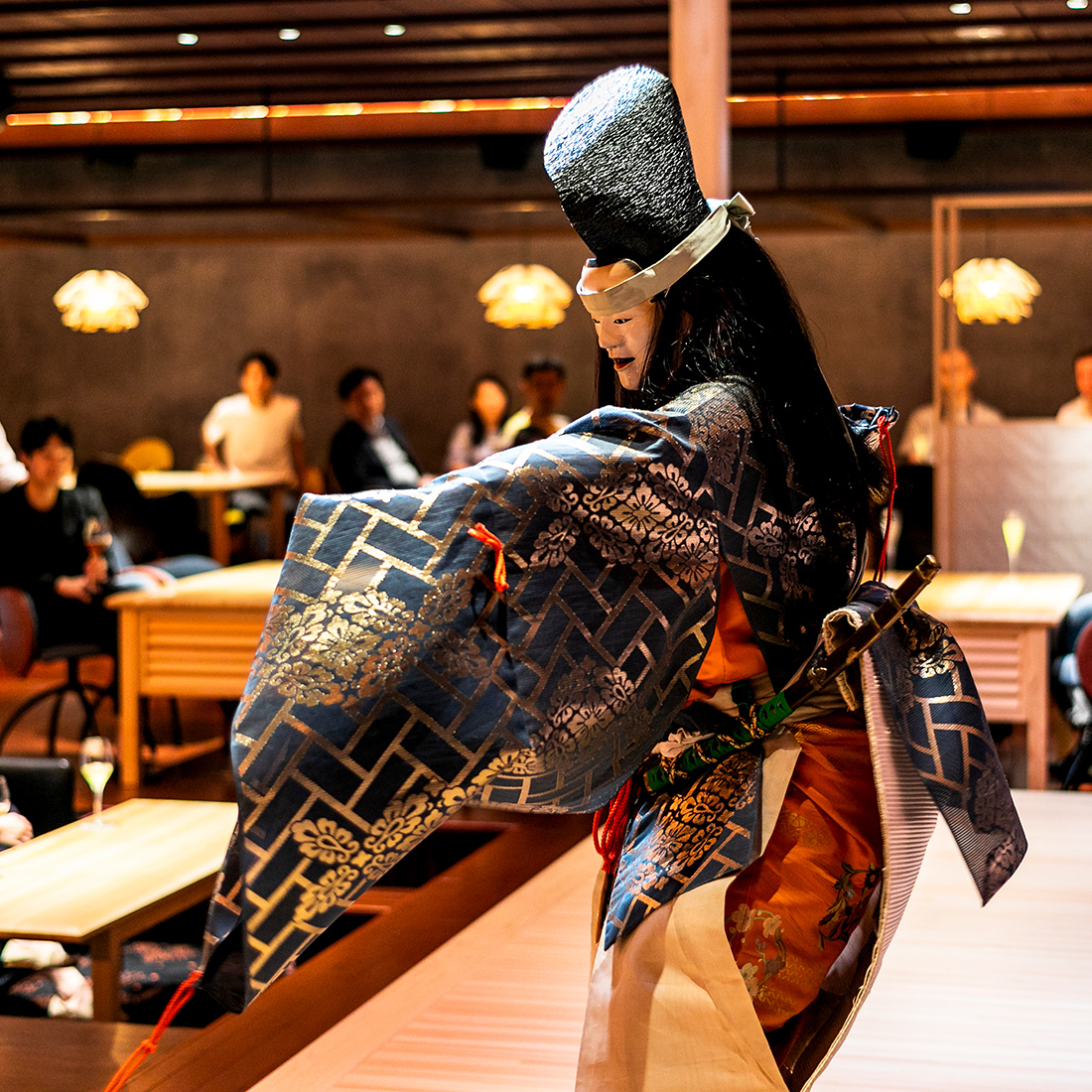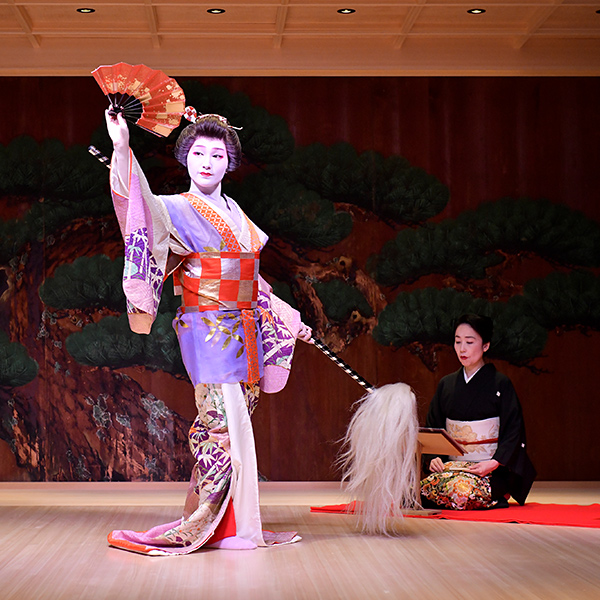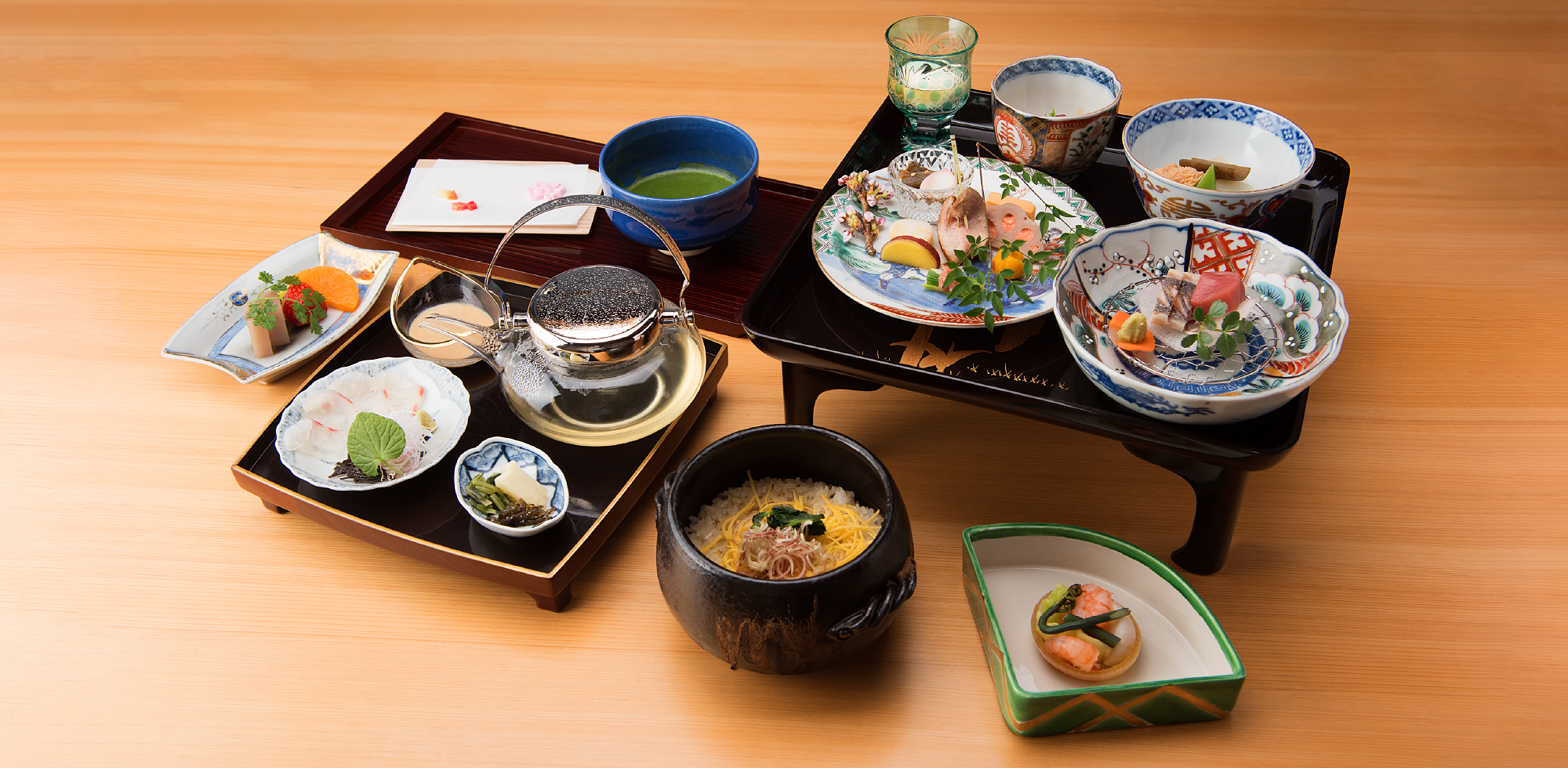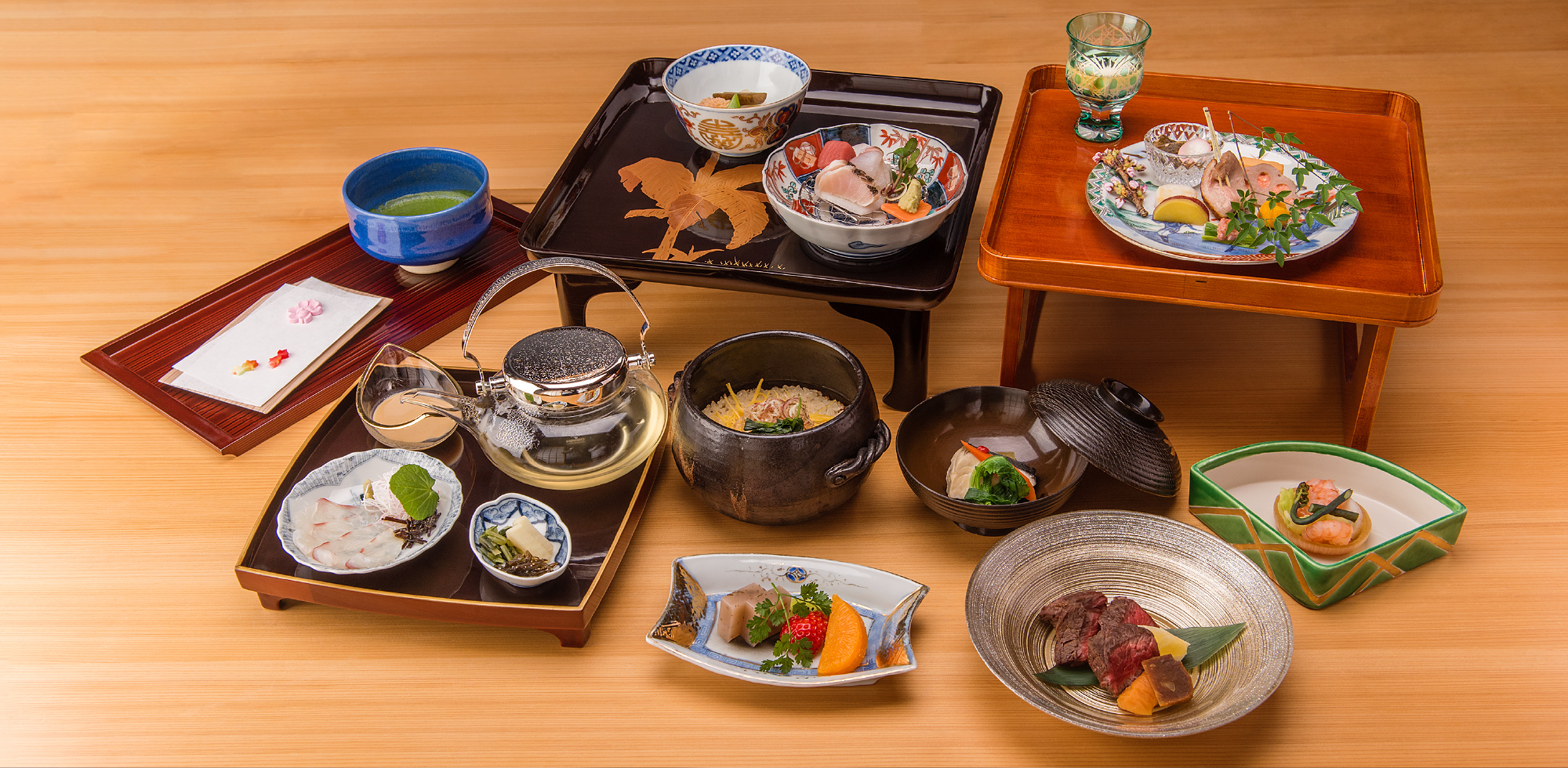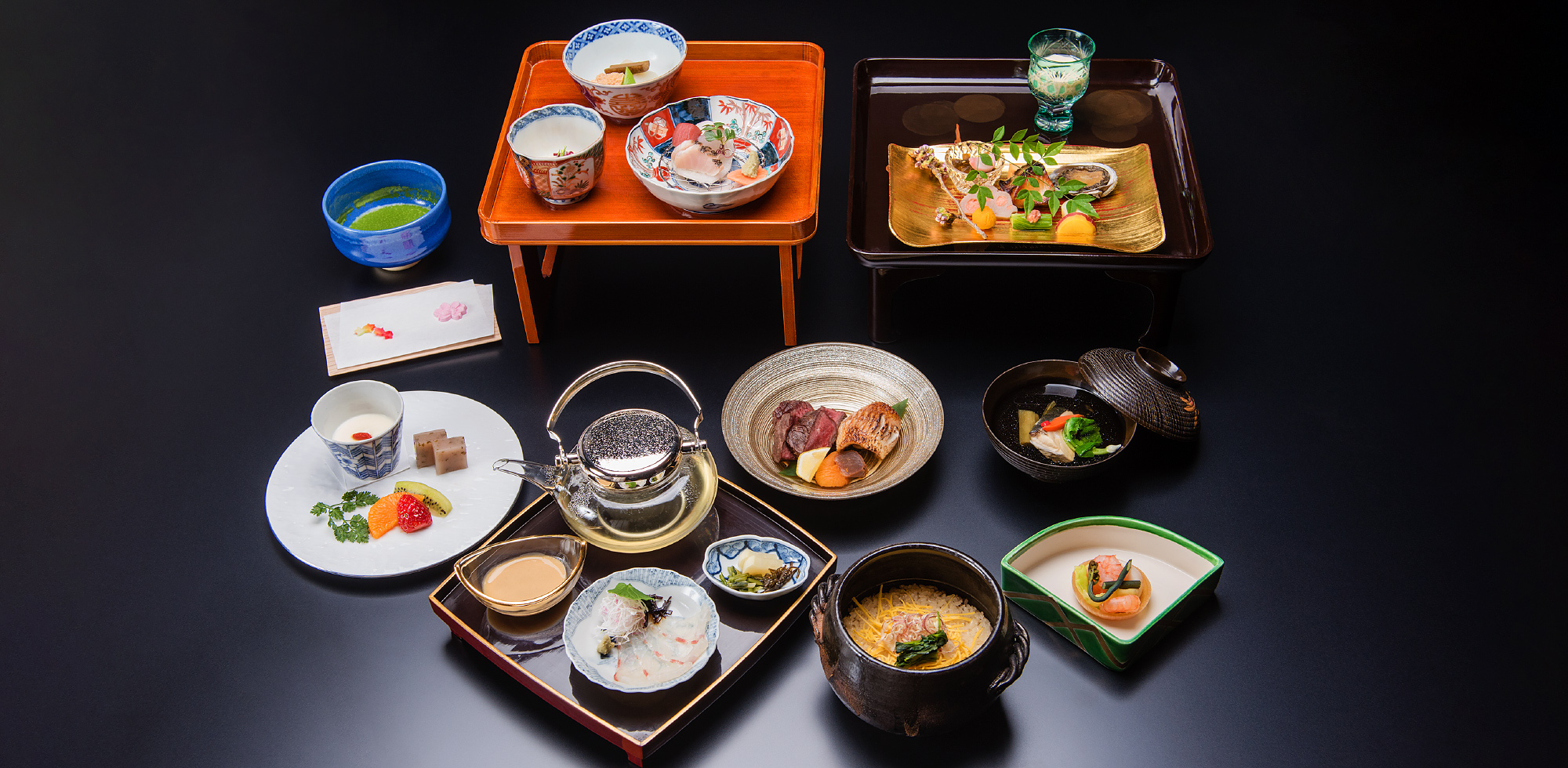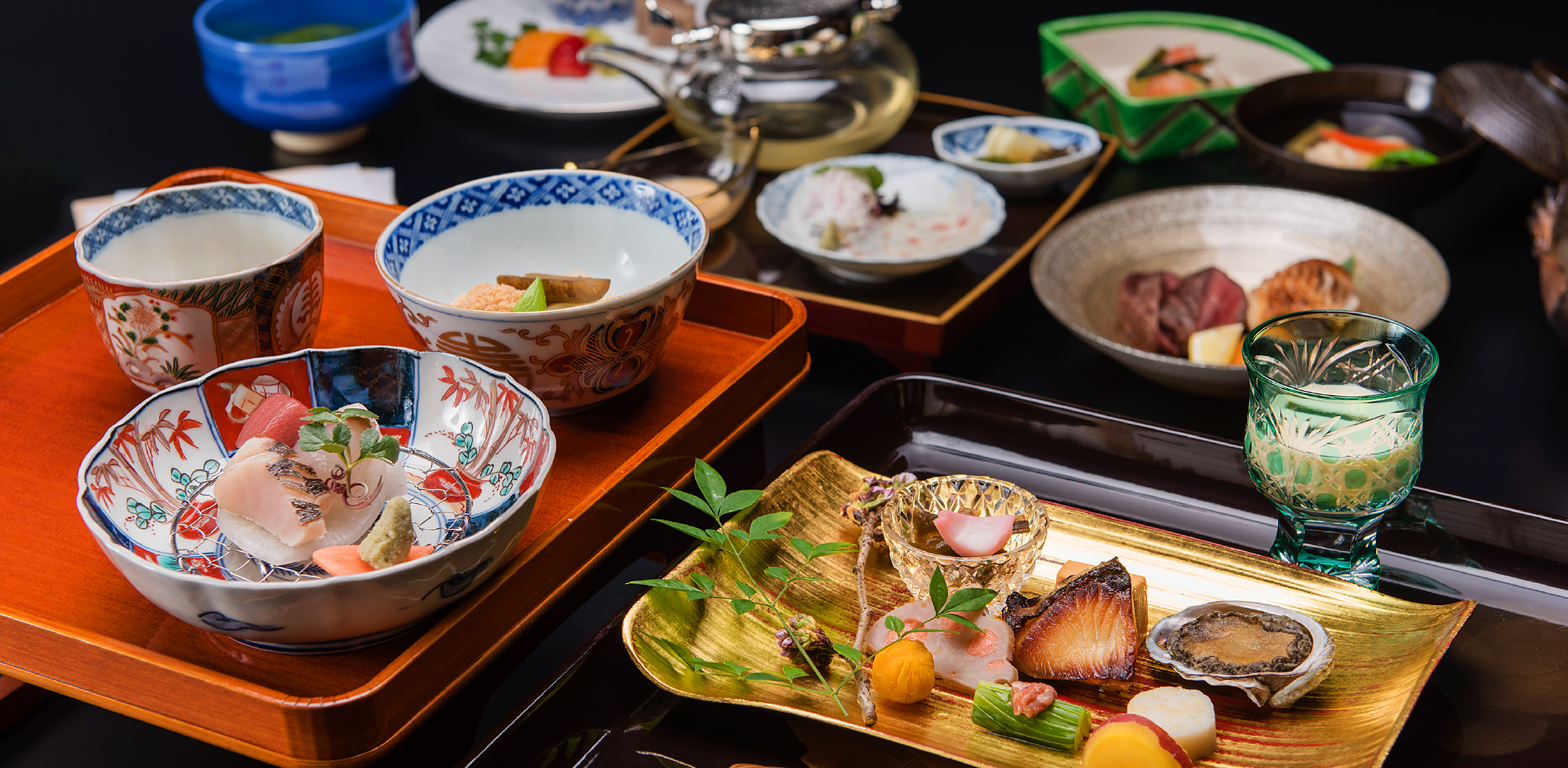A performing arts that offers up a prayer for long life, abundant harvest of crops, and cleansing of misfortune; additionally, many performance programs feature Noh plays and the myths of Chronicles of Japan, etc. as a theme. It is a traditional art greatly loved over the ages by the masses, and even now is indispensable to shrine festivals.

